Hello wonderful people on #Steemit! A very warm greetings to one and all present here. In today's article, we're going to be discussing about this unusual object that actually used to be a star whose mass was eaten by the companion. In other words this is actually an example of what's known as stellar cannibalism where a star eats another star. But in this case it didn't actually eat it completely rather it turned it into a planet.
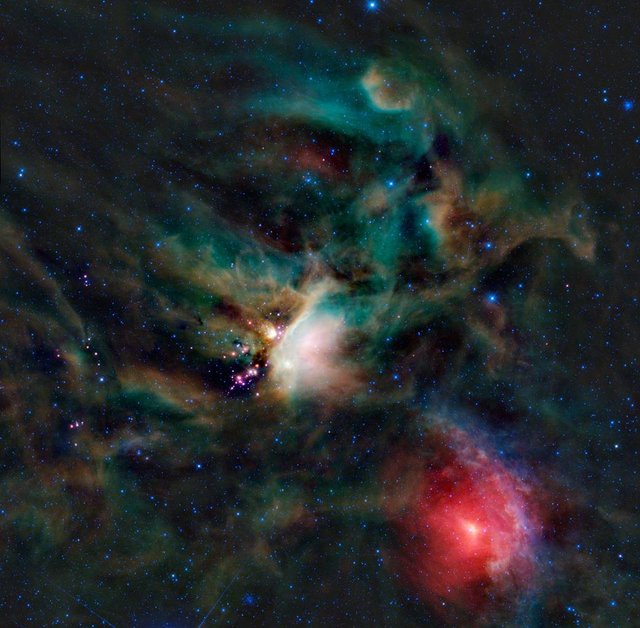
Hope you people will read my article and provide your valuable suggestions and thoughts by commenting below. So, without any further delay let us jump into my article!!
Anyway, welcome in today’s discussion! So, we are now located in the system known J 1433 B and it's actually a system discovered approximately a year and a half ago. But it's a system that has kind of been a study. It's very quietly but several scientists because it's a very unusual system and it's very unusual in the way it was created. Back in the days this was actually a binary star system with two stars that were most likely very similar to our own Sun and this particular star that I'm talking about became a planet was probably about may be a half or about 60% the mass of our Sun that is currently a white dwarf was probably a little bit more massive. So, we had two relatively big stars orbiting around one another. They were actually farther away from each other before. But then with time they actually kind of came closer and closer.
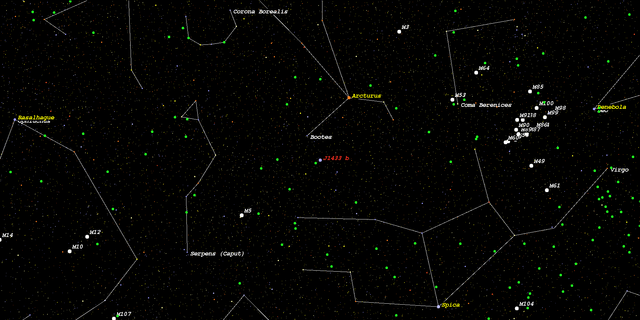
So, let's briefly talk about what we discovered here? So, first of all they are extremely close to each other and even though I keep calling them stars and this is technically now a brown dwarf. A brown dwarf is not really a planet not really star! It's an object that normally is a failed star. But in this particular system it's actually it's very unusual because it used to be an actual star and then it turned into a field star. You know the world said to reach the point where it was so much of its mass that it basically became more of a planet than a star. It lost its ability to generate nuclear energy through nuclear fusion and so now it is basically a brown dwarf now. This brown dwarf is very different from all of the other brown dwarfs discovered because its composition is probably entirely different. It's basically just all over the stellar matter that was left over from when it was a star and a lot of the other matter that used to have specifically ninety percent of it was actually eaten by its partner and basically as it was eaten by the star and then created a few very large explosions. Now we may have actually witnessed these before. But when they did happen we were still served in the infancy of astronomy.
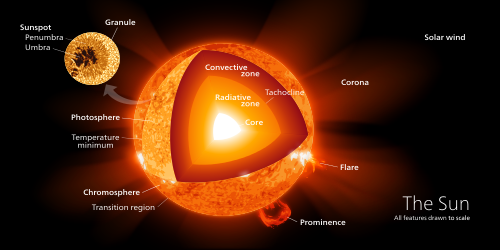
So, we may have not really realized what we were looking at. So, this wasn't a very recent event! This was actually probably thousands of millions of years ago. Now we don't really know anything else about the system. But we do know that they are basically really close to each other. We know that this object is about in this particular case it's about 57 times masses of Jupiter and it's just under the mass needed to start the nuclear reaction. If it was a few more Jupiter's in mass, it would actually be an actual star and we also know that unlike other brown dwarfs here we can actually measure its atmospheric composition and to some extent we can actually measure its temperature as well. So, we've discovered that the difference between this side face in the star and the opposite side is anywhere from 50 to 200 degrees Celsius and we also discovered that on average this brown dwarf is extremely hot! It's actually something close to about 17 degrees Celsius. But it might even be hotter than this and although technically a gas giant orbiting close to star is normally known as a hot Jupiter.
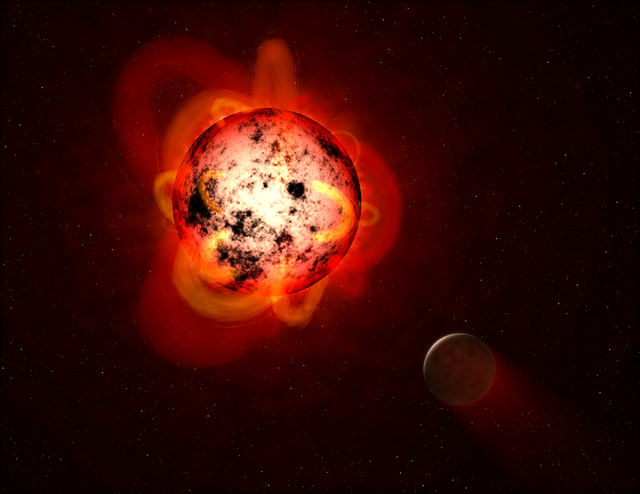
In this particular case, we don't really know what it to even call this object because it's not really a planet even though it does behave like a planet now and it's not really a brown dwarf because it was not created like a brown dwarf. But was made as an actual star. So, for all we know this might be a completely new type of an object that we discovered that just doesn't seem to have a classification yet and it might even have completely different composition and completely different behaviour to a typical brown dwarf and to a typical planet. Now let's go into universe because I actually want to show you how and what made these objects and how they were created? So, let’s take a Sun and another Sun. We're basically are just going to use our own stars for this and place them in a binary orbit around one another. So, sun-like objects we might actually change one to be a little bit more massive and then one may be a little bit less massive just to kind of simulate this a little bit better.
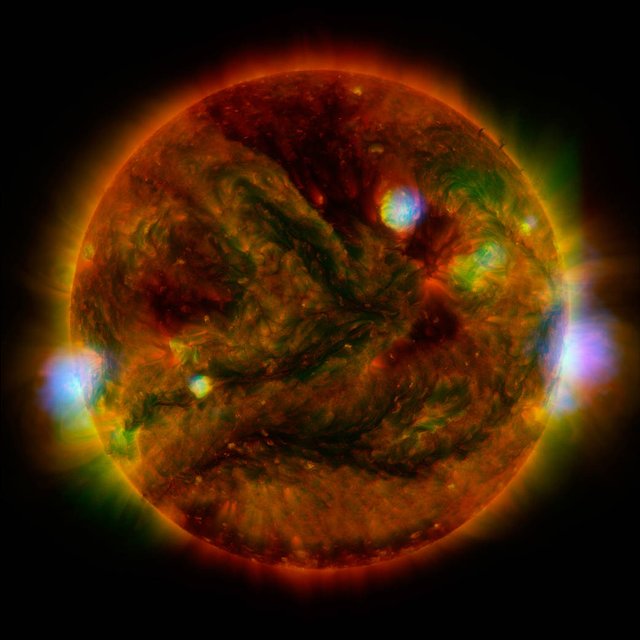
Now, it's very possible that they were not actually that close to each other it might have been actually farther away and they may even had like planets and asteroids orbiting around them. But obviously as the time passed by the bigger Sun, the bigger star reached a point where it just kind of started expanding and it essentially turned into a larger and larger object. So, here we can similarly think that despite it just increased its size. It reached a point where it turned into what's known as a red giant and in its red giant stage it's very likely star and yeah it's red giant stages it started to basically release a lot of its outer shell material and here this is where this material would have started to slow down its partner star. In other words even though the mass is not really changing but the actual size of the star is changing. So, it's expanding! It's becoming less dense and so when the other smaller star starts touching the outer shell of this bigger star, it will basically start losing a bit of its velocity because you know it's colliding with all these particles that are in front of it and so it's going to start slowing down and at some point the larger star is going to entirely lose its shell. So, basically it will then become a white dwarf and the smaller star have slowed down to the point where it's now very close to the white dwarf and because it's so close to it there is two things that are going to start happening.
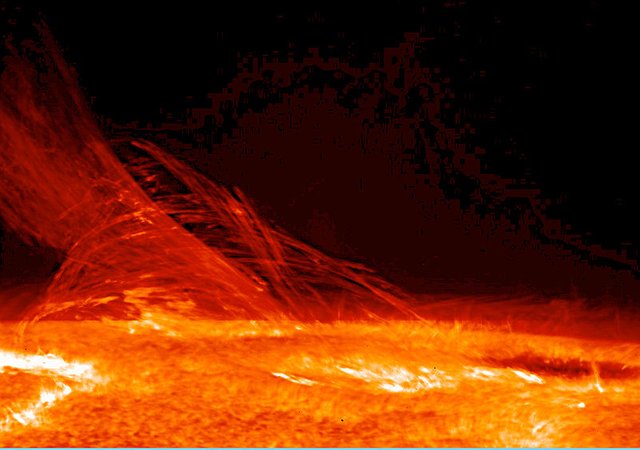
One of those things is that it's going to start feeling the effect of a very dense object or between really close to it. So, here this larger star which used to be the smaller star is now going to start experiencing a lot of tidal effects and these tidal effects will actually start basically sucking off the matter from the top of this. Even before it reaches its red giant stage and eventually and may be now I think it should be getting some of the mass from it. The star the one that's bigger in size but smaller in mass is basically going to lose a lot of its mass. It's going to just kind of get loose everything essentially lose about ninety percent of it and as that happens it will eventually turn so small and so insignificant in terms of mass that it's going to basically become what's known as a brown dwarf. But in this case, it's not really a brown dwarf because it wasn't born as a brown dwarf and is a matter of fact that became brown dwarf through losing its mass now.
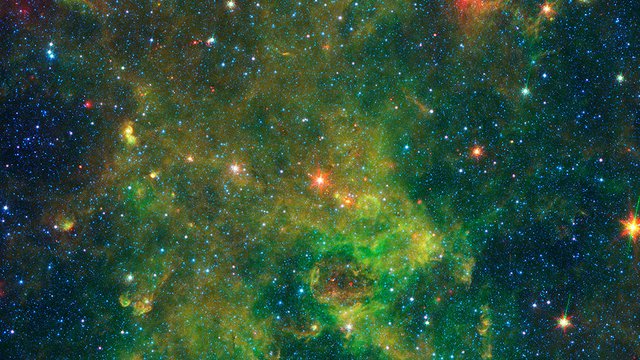
This is what makes the system so unusual so different and so unique and all this mass collects on the white dwarf that well is it the companion of this brown dwarf and eventually as it basically circulates around it will reach the stage of a nuclear reaction. Now that's kind of the essence of how this was created and it's actually very interesting if we discover more of these systems because in some sense this is actually very rare. But it's also in some other sense maybe just may be a lot of other brown dwarfs were actually born in a similar manner as well. But for now we can't really call this object a brown dwarf the one in the distance there because it's just not how we define them. It's really more of a failed star that turned into something similar to a brown dwarf. Well anyway that's all I wanted to talk about! This is the system known as J 1433 and it's basically a system that you can easily find in space engine by typing the name in the search box.
Thank you so much for reading this article guys and if you've enjoyed reading the information in this article, don't forget to Upvote and Resteem for those who enjoys reading space/astronomy related articles and wants to learn more through the information provided here!!


#de-stem is for articles written in German imo .. Would make sense..
And sorry, the English in your article is not very easy to understand.. Seems like the sentences are written in another grammar, not English grammar 🤔
Downvoting a post can decrease pending rewards and make it less visible. Common reasons:
Submit
Sorry for that I am trying to improve my English with time. :)
@flurgx
Downvoting a post can decrease pending rewards and make it less visible. Common reasons:
Submit
Hey @star-vc,
thanks for your article. However, since you are using the #de-stem tag, I want to inform you that this tag is reserved for articles, which use German language. It would be really nice, if you remove the de-stem tag to avoid unnecessary confusion. Thanks!
If there are any additional questions, feel free to ask.
Best regards

Ego
Downvoting a post can decrease pending rewards and make it less visible. Common reasons:
Submit
Thanks for making me know.. I removed the tag! Sorry for the inconvenience. @egotheist
Downvoting a post can decrease pending rewards and make it less visible. Common reasons:
Submit
nice post!!!!! @star-vc
Downvoting a post can decrease pending rewards and make it less visible. Common reasons:
Submit
Thanks.... @suravsingh
Downvoting a post can decrease pending rewards and make it less visible. Common reasons:
Submit